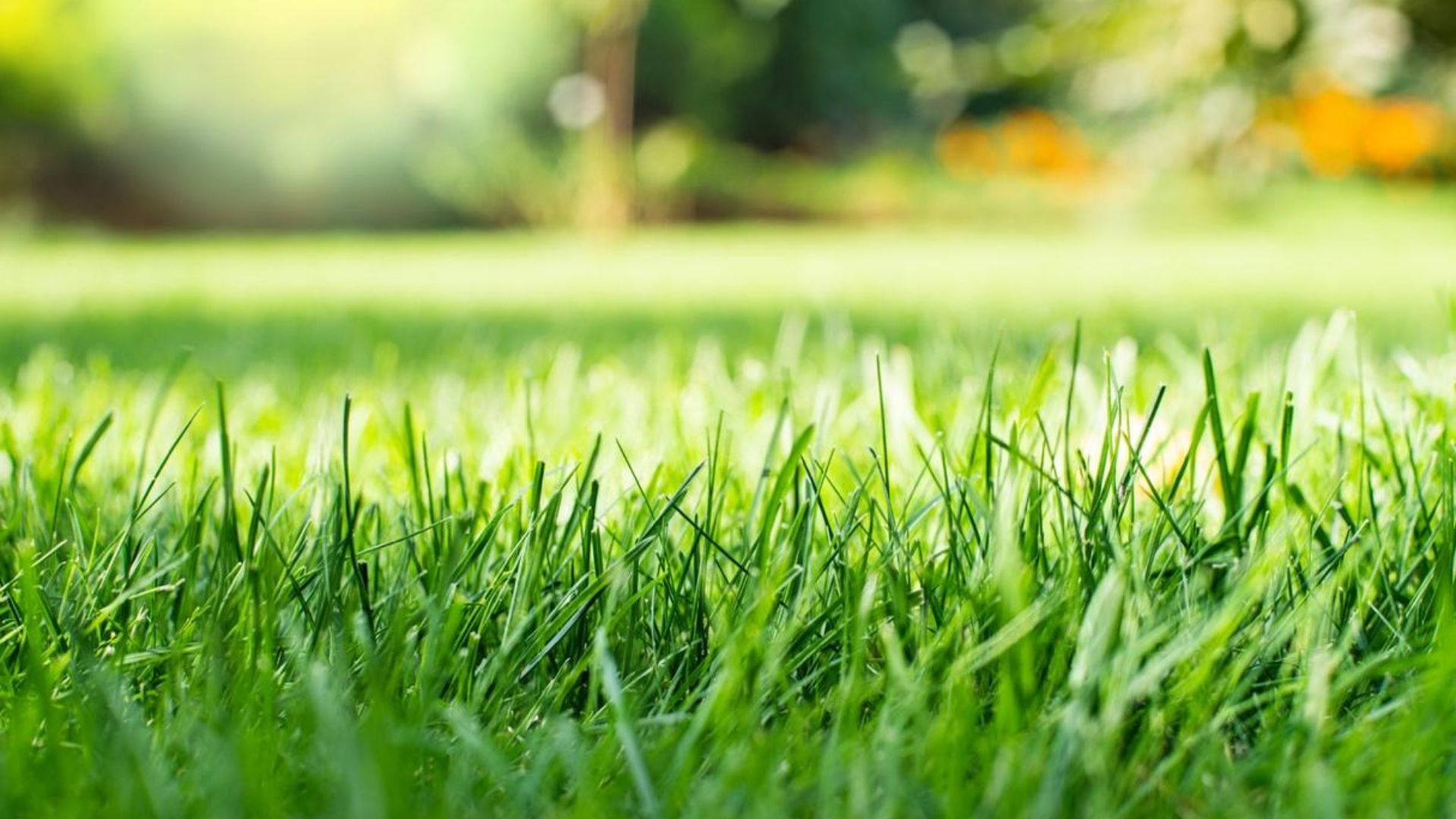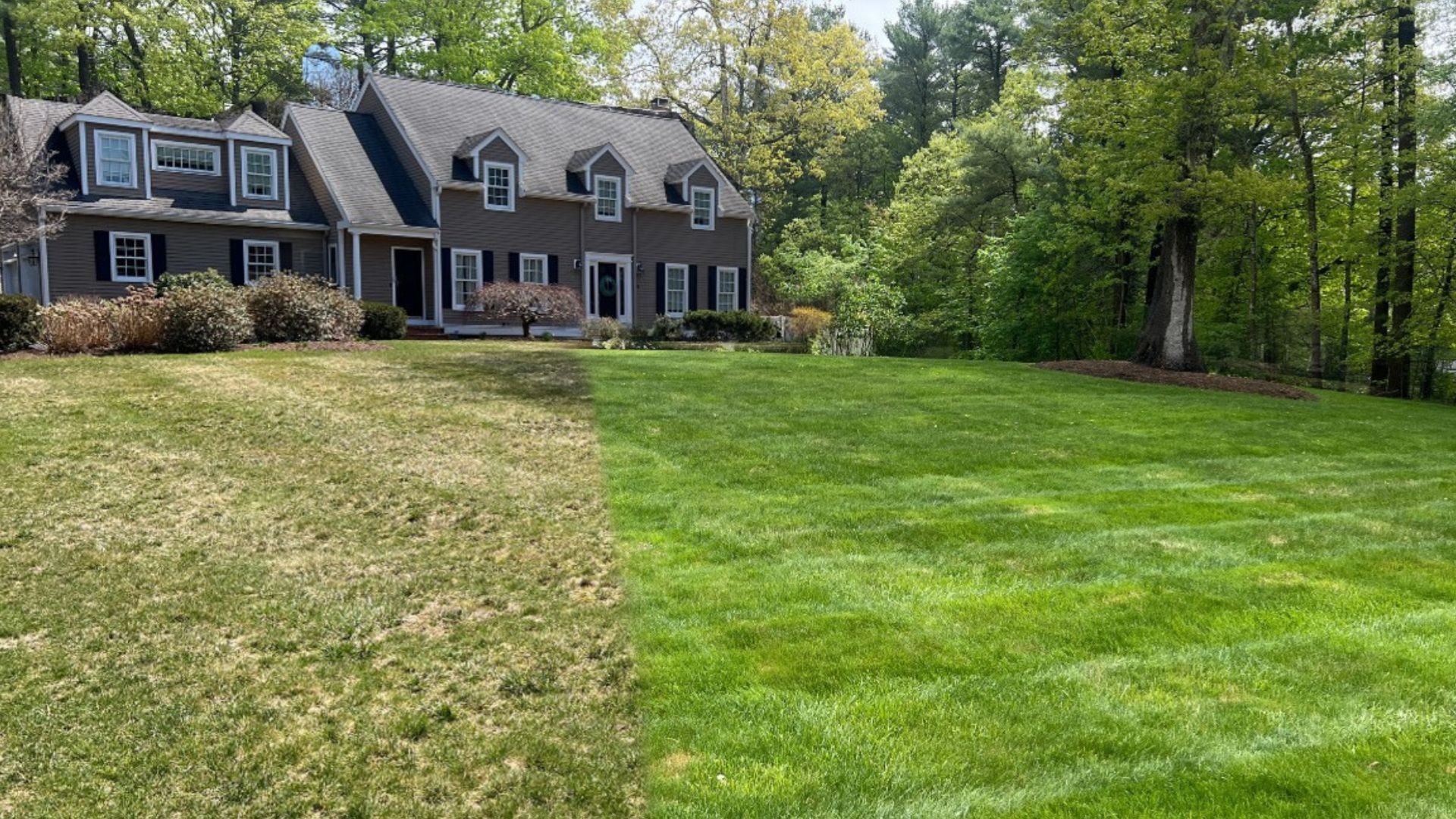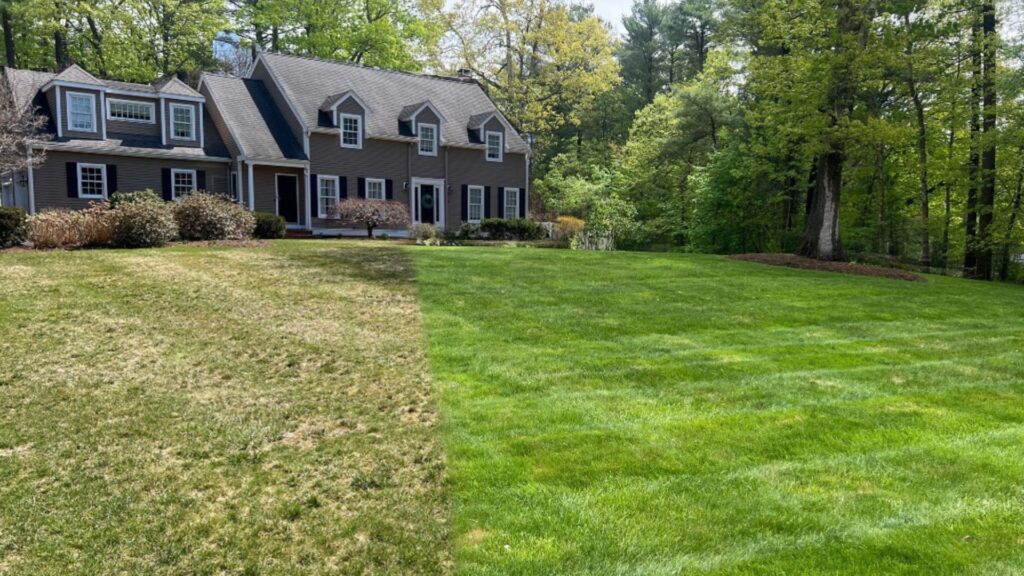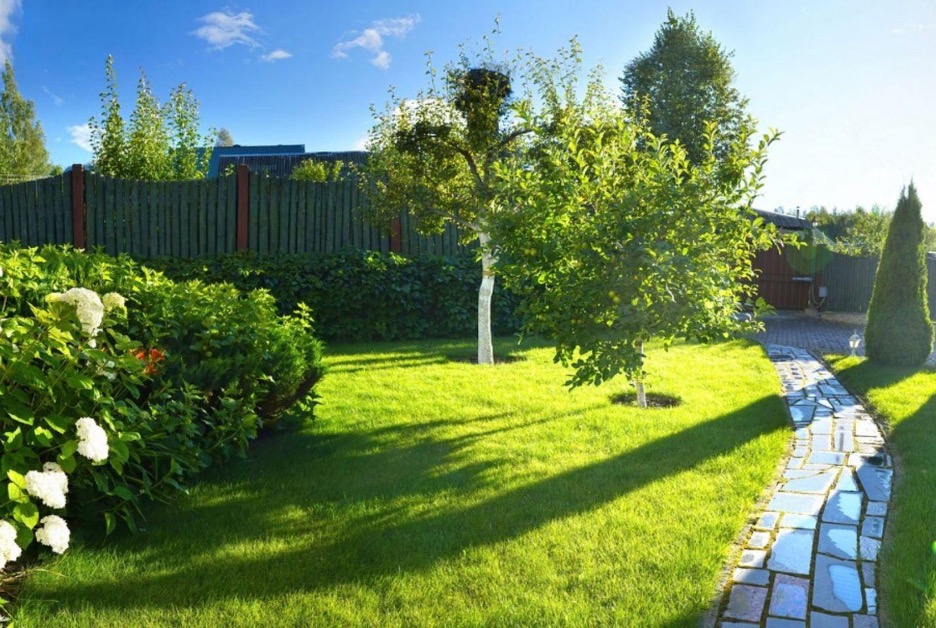Imagine stepping out into your backyard after a heavy rainstorm, the ground squelching beneath your feet, and your heart sinking as you glance at the muddy patches that mar your once-proud lawn. While your neighbors boast vibrant, green landscapes, you’re left feeling frustrated and guilty about the state of your own yard. It’s a feeling many homeowners in Cincinnati and Northern Kentucky know all too well.
But you shouldn’t have to settle for a lackluster lawn. This season, let’s explore the best grass types for your Northern Kentucky lawn and how you can transform it into a lush oasis.

The Hidden Challenges Behind Cincinnati Lawns
Cincinnati and Northern Kentucky are blessed with beautiful rolling hills and picturesque views, but these natural features come with their own set of challenges for homeowners. The clay-loam soil can be a nightmare, causing poor drainage and compacted ground.
On top of that, fungus, crabgrass, and unpredictable weather can wreak havoc on your lawn, leaving you feeling defeated.
As a local homeowner, I remember the first spring after moving into my home. I excitedly planted the perfect grass, only to watch it struggle against the relentless Kentucky heat and erratic rain patterns.
It was disheartening to see my lawn turn from a vibrant green to a patchy brown. My attempts at DIY solutions often fell flat—overwatering here, under-fertilizing there—until I realized that I needed a better approach.
It’s easy to fall into the trap of thinking that a quick fix will solve your lawn woes. But as many of us know, the reality is far more complex. The unique combination of our local soil, climate, and grass types requires a tailored strategy to truly thrive.
Grass Type Solutions for Cincinnati & Northern KY Lawns
Choosing the right grass for your lawn is crucial for achieving that lush, green paradise you dream of. Here’s a framework to help you select the best grass types that will thrive in Northern Kentucky:
1. Assess Your Lawn’s Needs
Before diving into planting, take a good look at your lawn. Do you have areas that are shaded from trees? Is your backyard prone to drying out in the summer heat?
Understanding your lawn’s conditions is essential for selecting the best grass types.
2. Choose the Right Grass Types
Kentucky Bluegrass: This is the gold standard for many homeowners in Northern Kentucky. Its rich color and thick growth create a stunning lawn, but it does require consistent care and maintenance.
If you’re willing to put in the effort, it can yield an impressive landscape.
Tall Fescue: If you’re looking for something more resilient, especially in the face of drought, tall fescue is a fantastic option. Its deep roots allow it to endure heat and dry spells, making it a great choice for the unpredictable weather we often experience.
Perennial Ryegrass: For those who need quick coverage, perennial ryegrass can fill in bare spots rapidly. However, be cautious of its sensitivity to heat; it may require extra care during the hottest months.
Fine Fescue: Finally, if your lawn has shady spots, fine fescue is your ally. This low-maintenance grass thrives in dappled sunlight and is perfect for areas where other grasses struggle.
3. Create a Grass Blend
Consider blending these grass types to create a resilient lawn that can withstand Northern Kentucky’s unique climate. A mix of Kentucky bluegrass, tall fescue, and fine fescue can provide year-round color and texture while minimizing maintenance.
A Cincinnati Family’s Lawn Makeover Story
Meet the Johnsons, a family of four who faced the same struggles many of us do. When they moved into their new home, the lawn was a patchy mess.
With two young kids and a dog, they wanted a vibrant space for outdoor play but felt overwhelmed by the task ahead.
After facing multiple challenges, from muddy spots after rain to dry patches in the summer, they decided to consult with Lawn Squad®. With guidance, they chose a blend of Kentucky bluegrass and tall fescue tailored to their yard’s specific conditions.
Fast forward a few months, and they were hosting summer barbecues with neighbors admiring their lush, green lawn. The kids could play freely without worrying about muddy messes, and the Johnsons finally felt pride in their outdoor space.

Your Seasonal Cincinnati & Northern KY Roadmap
To maintain a thriving lawn, follow this month-by-month roadmap:
- Spring (March-April): Start with soil testing to understand nutrient needs. Aerate compacted areas and overseed with your chosen grass blend. Apply a slow-release fertilizer.
- Summer (May-August): Water deeply but infrequently, focusing on early morning. Keep an eye out for crabgrass and treat proactively. Regular mowing ensures healthy growth.
- Fall (September-November): Fertilize again and overseed any thin areas. Prepare for winter by cleaning up leaves and debris. Consider applying a winterizer fertilizer to boost root growth.
- Winter (December-February): Protect your lawn from harsh winter elements. Avoid traffic on frozen grass to prevent damage.
For a more hands-off approach, consider the VitaminLawn® Program by Lawn Squad®. It’s designed to provide your lawn with the nutrients it needs throughout the year, leaving you free to enjoy your outdoor space.
Don’t Settle — Elevate Your Lawn Today
Stop letting rolling hills and crabgrass win. This season, take the first step towards a beautiful lawn you can be proud of.
Call Lawn Squad® at 513-715-6200 or ask about our VitaminLawn® Program today—it’s time your lawn finally fights back! Together, we can transform your outdoor space into the lush paradise you’ve always wanted.






